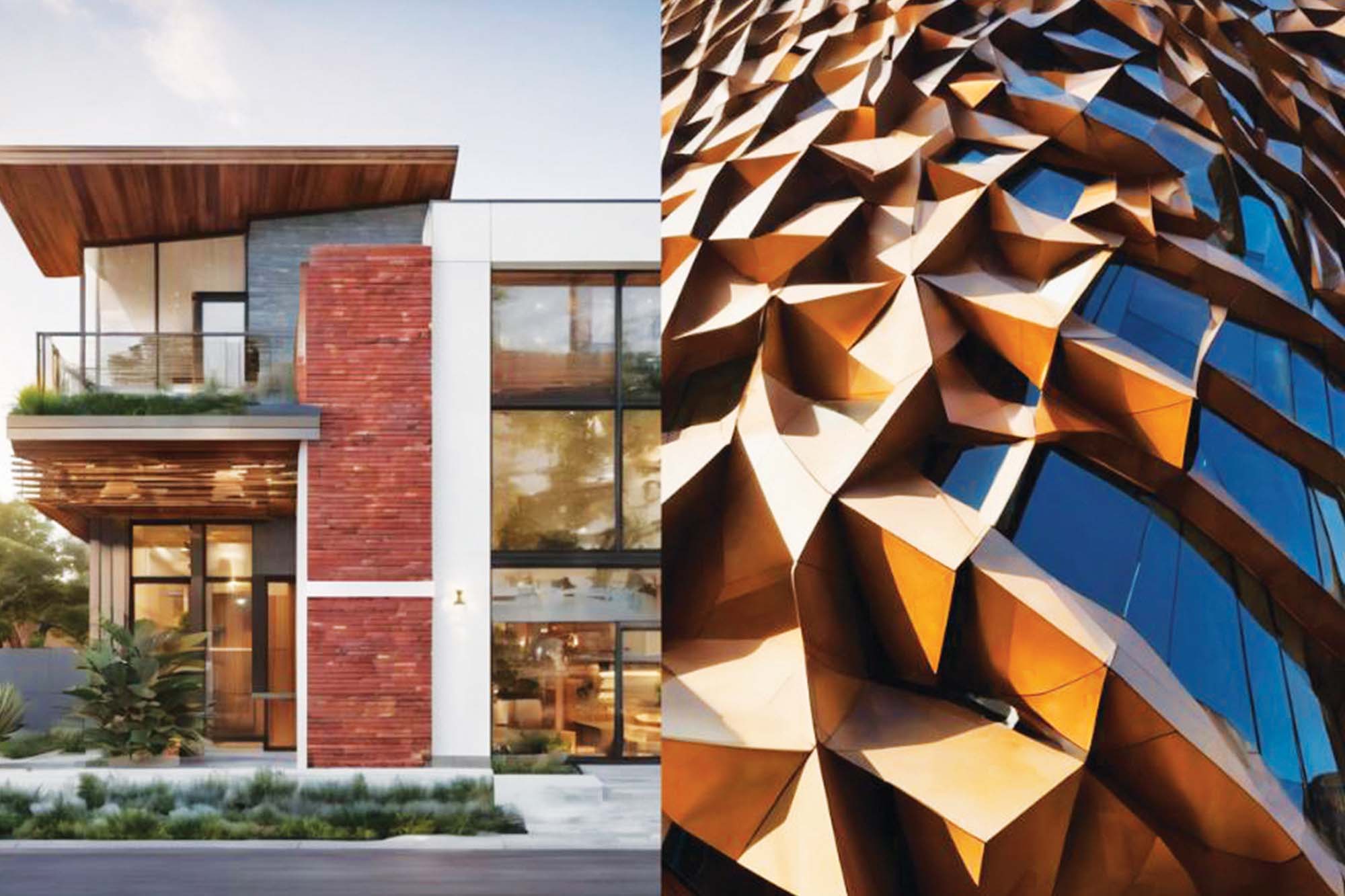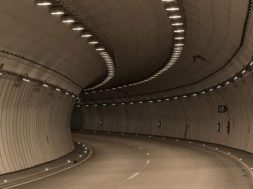LCA, local sourcing, and design compatibility are key to sustainable material integration

This interaction provides a comprehensive account of the sustainable building materials in India, the challenges and solutions to use them, and the role of BIM in their effective integration.
How is the concept of “sustainable building materials” gaining momentum in India?
India is seeing a rise in materials aligned with circular economy principles, like modular and prefabricated building components made from construction waste. We emphasise integrating these materials into design frameworks that align with international sustainability benchmarks, such as LEED, GRIHA, and IGBC, to achieve sustainable buildings. Materials like bamboo, fly ash bricks, recycled concrete, and stone dust aggregates are gaining traction in India. Globally, materials like recycled glass, hempcrete, cross-laminated timber (CLT), mycelium-based composites, and bio-based paints and coatings are the predominant players. Recently developed products like graphene-reinforced concrete and phase-changing materials (PCMs) for thermal control are also increasingly being explored.
What are your recommendations for integrating sustainable building materials into construction?
Our approach to integrating sustainable materials involves life cycle assessment (LCA), local sourcing, and design compatibility. We recommend evaluating materials’ embodied energy, carbon footprint, and recyclability as part of LCA. Similarly, we prioritise locally available materials like bamboo, coir composites, and stone to minimise transportation costs and emissions. Materials should be selected based on their synergy with passive design strategies to ensure their integration enhances thermal comfort, acoustics, and overall energy efficiency.
Successful integration of sustainable materials in construction is rooted in collaborating with manufacturers to ensure quality and scalability, incorporating materials into the early stages of Building Information Modeling (BIM) for accurate performance simulations, and educating clients and stakeholders about the environmental benefits and long-term cost savings.

What are the considerations for ensuring structural integrity and longevity of buildings when sustainable materials are used?
Materials like CLT and hempcrete require appropriate coatings and protection to resist moisture and pests. Detailed structural calculations and proper treatment are essential for materials like bamboo to ensure load-bearing capacity. Maintenance schedules must account for the material’s natural ageing process, especially in extreme climates. To ensure structural reliability, materials must meet international and local standards like IS codes, ASTM, or ISO certifications.
What are the challenges in using sustainable materials in India, and how can they be addressed?
High initial costs, limited awareness among stakeholders, supply chain constraints, and regulatory gaps impede the adoption of sustainable materials. Indian building codes are still evolving, and there is still much to go to incorporate advanced sustainable materials fully. These constraints can be overcome by promoting bulk procurement and partnerships with suppliers to reduce costs, organising training programs to educate builders, contractors, and clients, advocating for policy reforms that incentivise sustainable material use, and developing local manufacturing capabilities to ensure consistent supply.
How does BIM promote sustainable design and material selection?
BIM is the cornerstone of a sustainable building approach. It allows us to simulate energy performance and assess life cycle costs of materials, optimise designs for minimal material waste and efficient assembly, create 3D models to understand how sustainable materials integrate with the overall design, and conduct clash detection to prevent material mismatches during construction. For example, in one of our recent masterplan projects, BIM enabled us to analyse the thermal performance of façades using high-albedo coatings and calculate potential carbon savings. It also helped us evaluate sustainable solutions like solar PV feasibility studies and heat island effect mitigation.
For more details, visit: https://buildingenergyindia.com/
Cookie Consent
We use cookies to personalize your experience. By continuing to visit this website you agree to our Terms & Conditions, Privacy Policy and Cookie Policy.










